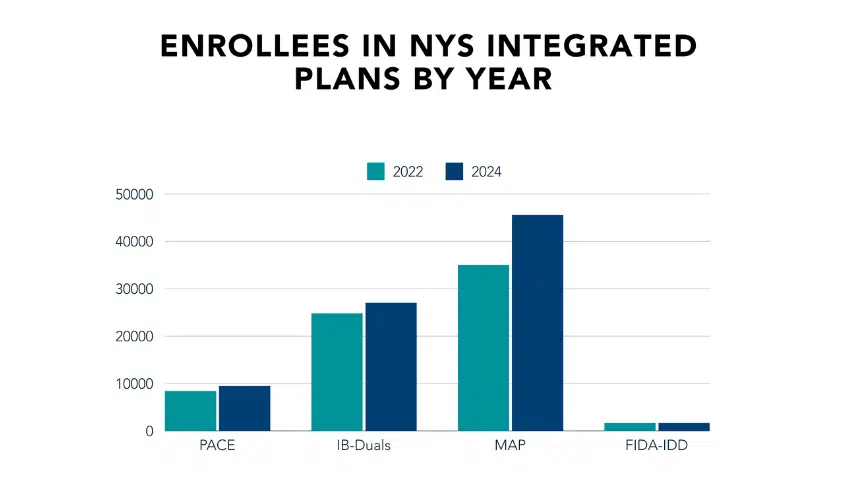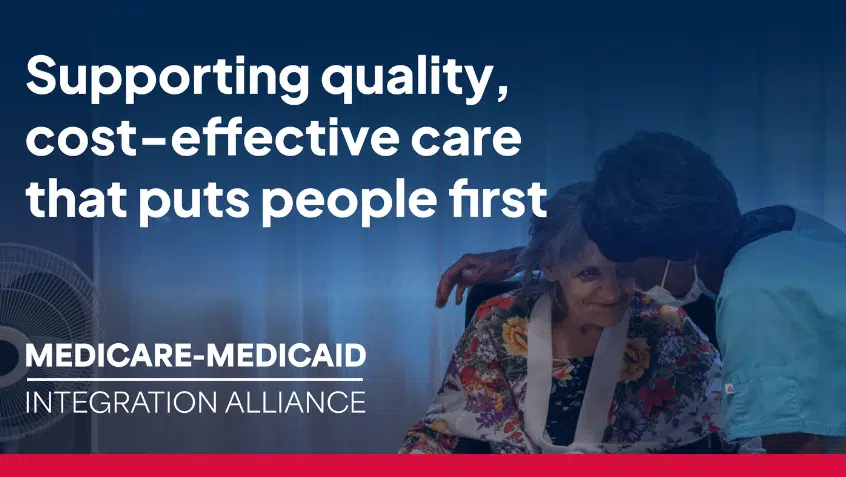Medicare Rights Center Releases Report on Improving Integrated Care for Dually Eligible New Yorkers
New York, NY —The Medicare Rights Center, a national nonprofit consumer service organization, released a new report titled “Improving Integrated Care
Distinct Medicare and Medicaid rules, funding streams, and service delivery systems can create barriers that increase costs and worsen outcomes for people who are jointly enrolled in the programs. We support correcting this fragmentation through policies that offer meaningful choice; reduce disparities in access to and quality of care; rely on active and informed enrollee participation; include robust safeguards and oversight; offer clear enrollee and provider education about options for accessing integrated care; establish unified grievance and appeals processes; ensure seamless access to data; and provide person-centered care coordination and care management.
New York, NY —The Medicare Rights Center, a national nonprofit consumer service organization, released a new report titled “Improving Integrated Care

People who are eligible for both Medicare and Medicaid have diverse needs and circumstances. However, nearly all face challenges navigating
In 2022, the New York State Department of Health (NYSDOH) released its Dual Eligible Integrated Care Roadmap, which outlined the state’s many priorities for improving integrated care for those dually eligible for Medicare and Medicaid.[i] By promoting integrated care for duals, they hoped to improve health outcomes, enhance member satisfaction, and reduce costs. One of the most ambitious goals was a 250% increase in the number of dually eligible individuals receiving integrated care through an aligned contract—meaning that the individual’s Medicare and Medicaid benefits are provided by the same company—by the end of 2023. These aligned contracts include the state’s Integrated Benefits for Dually Eligible Enrollees (IB-Dual) program and Medicaid Advantage Plus (MAP) plans.

This week, the Centers for Medicare & Medicaid Services (CMS) finalized a rule to make enrolling and staying in Medicaid


This week, the Medicare Rights Center joined with consumer and health care groups to participate in the Medicare-Medicaid Integration Alliance

For the over 12 million people dually enrolled in Medicare and Medicaid, known as dually eligible individuals, Medicare is their
More than 12 million people are eligible for both federal programs, and policy change is needed to enable these programs

Last week, the Medicare Rights Center submitted comments on a proposed rule that would increase awareness of and access to

This week, KFF released a report based on findings from their 2023 Survey of Consumer Experiences with Health Insurance focusing
New York, NY —The Medicare Rights Center, a national nonprofit consumer service organization, released a new report titled “Improving Integrated Care

People who are eligible for both Medicare and Medicaid have diverse needs and circumstances. However, nearly all face challenges navigating
In 2022, the New York State Department of Health (NYSDOH) released its Dual Eligible Integrated Care Roadmap, which outlined the state’s many priorities for improving integrated care for those dually eligible for Medicare and Medicaid.[i] By promoting integrated care for duals, they hoped to improve health outcomes, enhance member satisfaction, and reduce costs. One of the most ambitious goals was a 250% increase in the number of dually eligible individuals receiving integrated care through an aligned contract—meaning that the individual’s Medicare and Medicaid benefits are provided by the same company—by the end of 2023. These aligned contracts include the state’s Integrated Benefits for Dually Eligible Enrollees (IB-Dual) program and Medicaid Advantage Plus (MAP) plans.

This week, the Centers for Medicare & Medicaid Services (CMS) finalized a rule to make enrolling and staying in Medicaid


This week, the Medicare Rights Center joined with consumer and health care groups to participate in the Medicare-Medicaid Integration Alliance

For the over 12 million people dually enrolled in Medicare and Medicaid, known as dually eligible individuals, Medicare is their
More than 12 million people are eligible for both federal programs, and policy change is needed to enable these programs

Last week, the Medicare Rights Center submitted comments on a proposed rule that would increase awareness of and access to

This week, KFF released a report based on findings from their 2023 Survey of Consumer Experiences with Health Insurance focusing